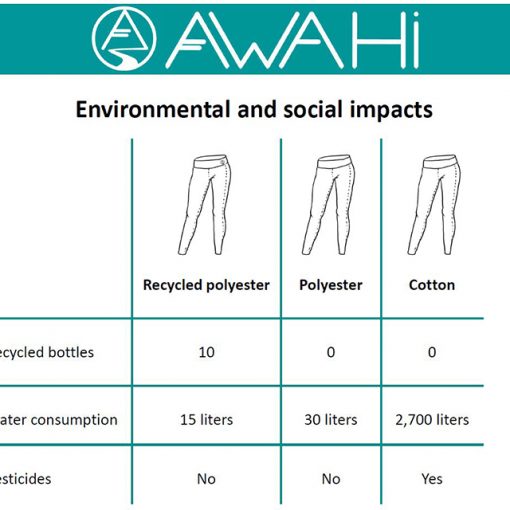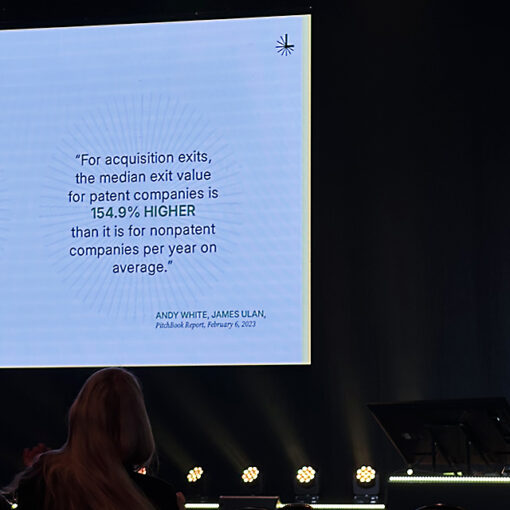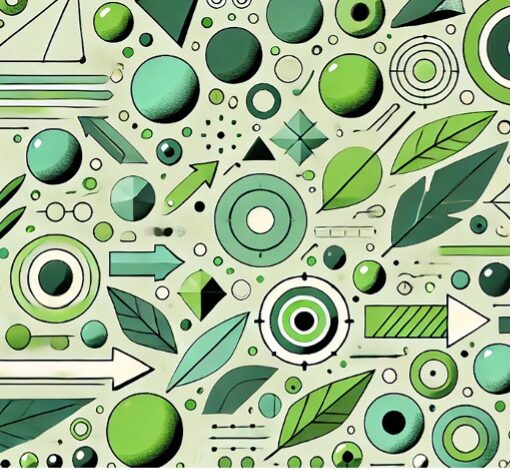The circular economy is a production and consumption model in which existing materials and products are utilised as extensively as possible by borrowing, renting, reusing, repairing, refurbishing, and recycling, in contrast to the linear production model where a product gets tossed after use (European Parliament 2024). The concept has recently been adopted as a transformative approach for achieving environmental benefits and economic growth. The circular economy is an intricate mix of sustainability and innovation, encompassing ecological, financial, and social dimensions. The approach looks to shift culture and practices towards more sustainable development methods.
Sustainability-oriented innovations are prerequisites for sustainable production and consumption, but with their multidimensional character are difficult to develop, especially for a company with fewer resources. Design thinking may foster this progress by addressing key challenges such as scope definition, stakeholder consideration, user needs and sustainability effects over the full life cycle of a product. (Buhl et al. 2019). Carlgren et al. (2016) notes that approach on design thinking varies whether it’s viewed from a business or an academic perspective but define it as a “prescriptive process where multidisciplinary teams take a user-oriented approach to come up with relevant solutions to complex or “wicked’ problems”.

Stakeholder engagement pivotal
The role of design in a sustainable economy has been underlined by the European Parliament (2024). Design thinking as a means to optimise both production and consumption can impact circular production processes, circular consumption, policy support, and education (Dam 2020). Instead of being mere addition, design thinking should be an encompassing philosophy. Redante et al. (2019) underscore the necessity for micro, small, and medium-sized enterprises to adopt holistic design thinking strategies to engage a wide range of stakeholders effectively. By promoting a collaborative environment, design thinking can lead to innovative solutions that resonate with all parties, from users to community members. It can also tackle the challenges of developing sustainable business models in an increasingly uncertain economic climate. By implementing a design thinking framework that includes portrayal, exploration, prototype, and evaluation, businesses can enhance their capacity to innovate responsibly and sustainably (He & Ortiz 2021).
Bringing forth examples
Integrating design into the circular economy is crucial for sustainable business development, and making the best practices visible is essential. The Interreg-funded Design Collaboration for Sustainable Business (DeCo) project focuses on bringing forth and improving policies and practices for circular and sustainable design during 2024-2028. It enables European regions to develop policies that help SMEs utilise design for more sustainable and competitive business operations. DeCo fosters a deeper understanding of design’s potential and involves design in the early stages of business development. Exploring and implementing innovative design practices will be vital in promoting a more sustainable and circular Europe. (Interreg Europe 2024). Design thinking helps create sustainable and scalable solutions, ensuring that a small local solution can have a broader impact when applied on a larger scale.
Author
Ari Hautaniemi works at the LAB University of Applied Sciences Institute of Design and Fine Arts as a project manager on the Design Collaboration for Sustainable Business (DeCo) project (link to the DeCo project website), funded by Interreg Central Baltic.
References
Buhl, A., Schmidt-Keilich, M., Muster, V., Blazejewski, S., Schrader, U., Harrach, C., Schäfer, M., & Süßbauer, E. 2019. Design thinking for sustainability: Why and how design thinking can foster sustainability-oriented innovation development. Journal of Cleaner Production, Vol.231, 1248-1257. Cited 23 Apr 2024. Available https://doi.org/10.1016/J.JCLEPRO.2019.05.259.
Carlgren, L., Rauth, I. & Elmquist, M. 2016. Framing Design Thinking: The Concept and Idea Enactment. Creativity and Innovation Management. Vol.28(1), 38-57. Cited 23 Apr 2024. Available https://doi.org/10.1111/caim.12153
Dam, K., Simeone, L., Keskin, D., Baldassarre, B., Niero, M., & Morelli, N., 2020. Circular Economy in Industrial Design Research: A Review. Sustainability. Vol.12(24). Cited 15 Apr 2024. Availabe https://doi.org/10.3390/su122410279
European Parliament. 2024. Circular Economy. European Parliament Research Service. Cited 15 Apr 2024. Availabe https://www.europarl.europa.eu/thinktank/infographics/circulareconomy/public/index.html
He, J., & Ortiz, J., 2021. Sustainable business modelling: The need for innovative design thinking. Journal of Cleaner Production. Vol.298, 126751. Cited 15 Apr 2024. Availabe https://doi.org/10.1016/J.JCLEPRO.2021.126751
Redante, R., Medeiros, J., Vidor, G., Cruz, C., & Ribeiro, J., 2019. Creative approaches and green product development: Using design thinking to promote stakeholders’ engagement. Sustainable Production and Consumption. Cited 15 Apr 2024. Availabe https://doi.org/10.1016/J.SPC.2019.04.006
Surprising_SnapShots. 2022. People_7468413_1280. Pixabay. Cited 15 Apr 2024. Availabe https://pixabay.com/photos/people-electric-scooters-street-7468413/
Links
Interreg Europe. 2024. DeCo. Cited 15 Apr 2024. Availabe https://www.interregeurope.eu/deco




